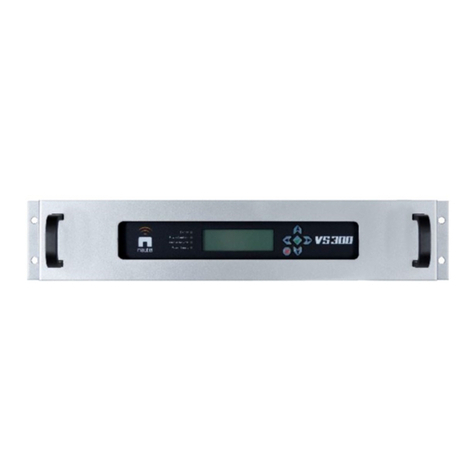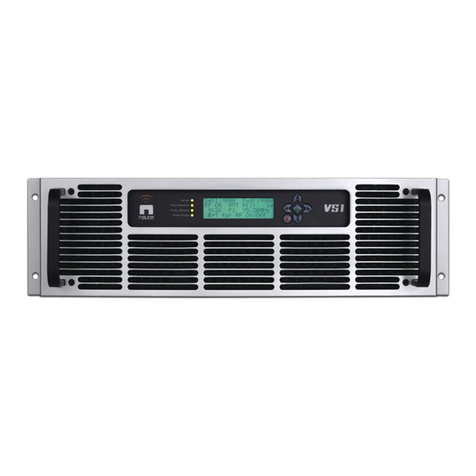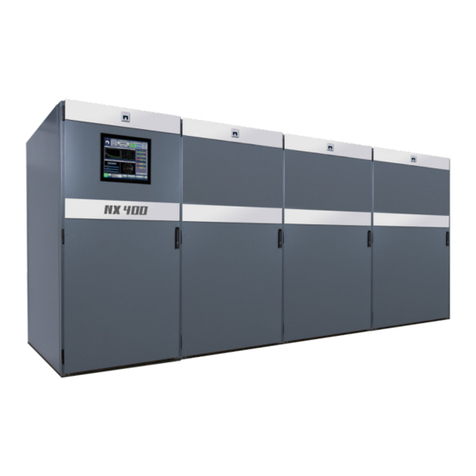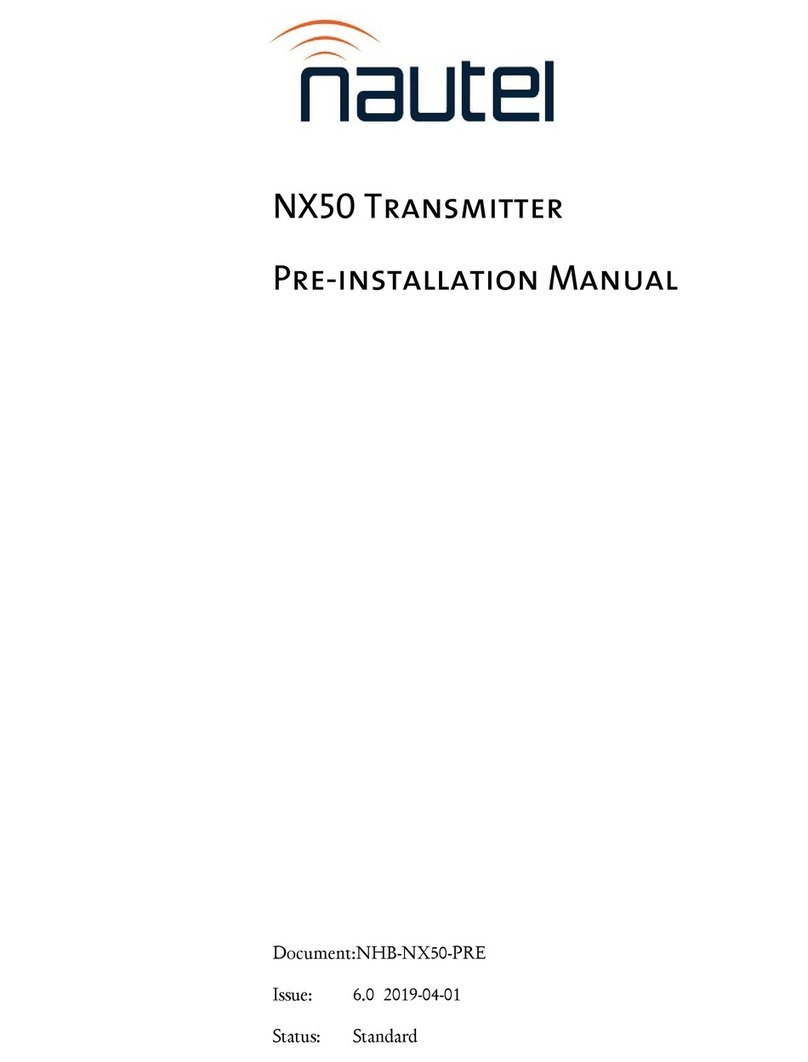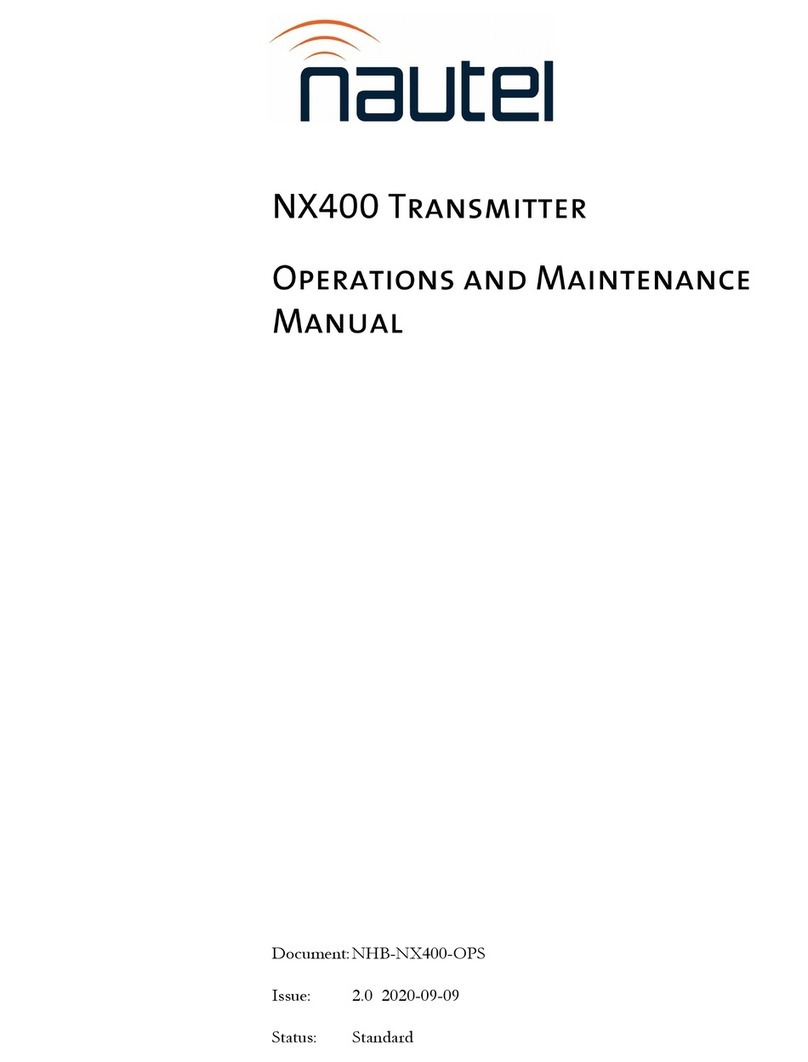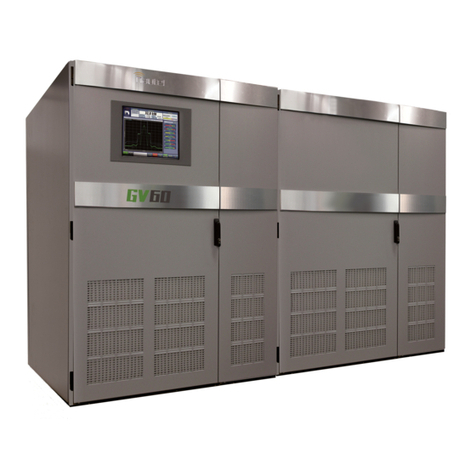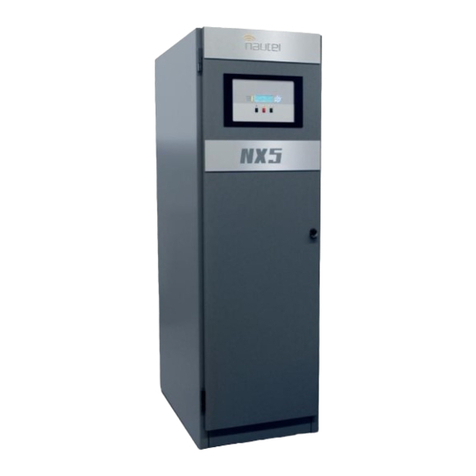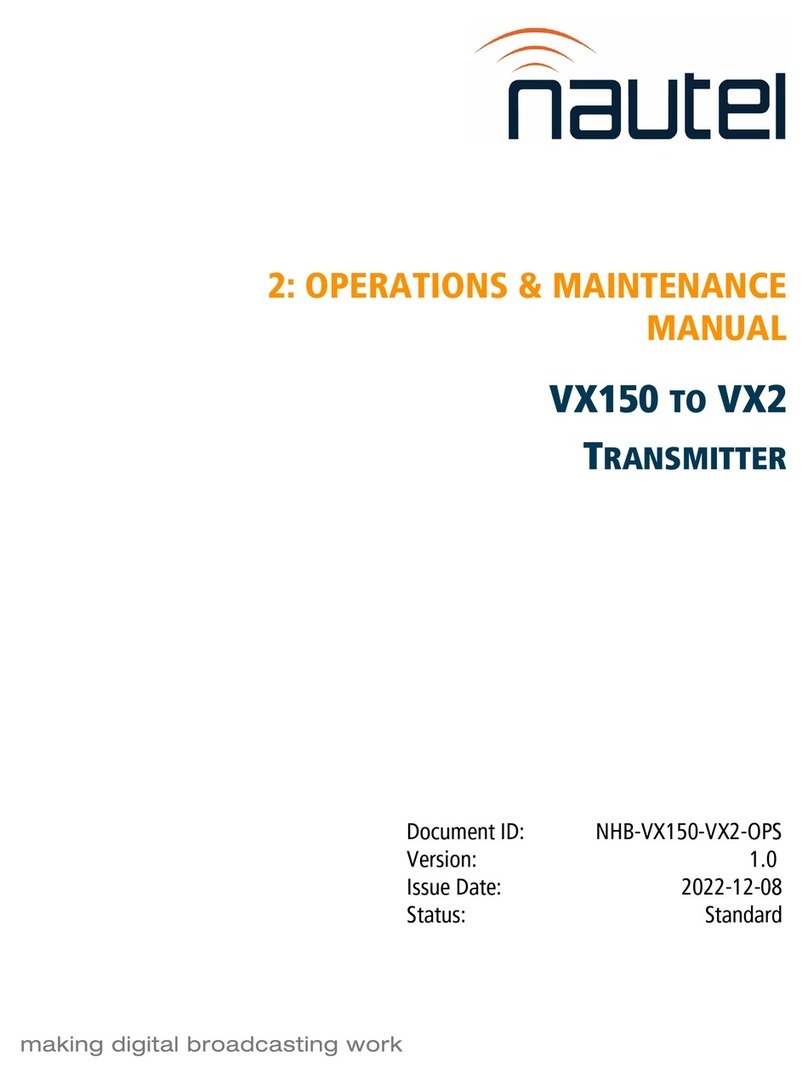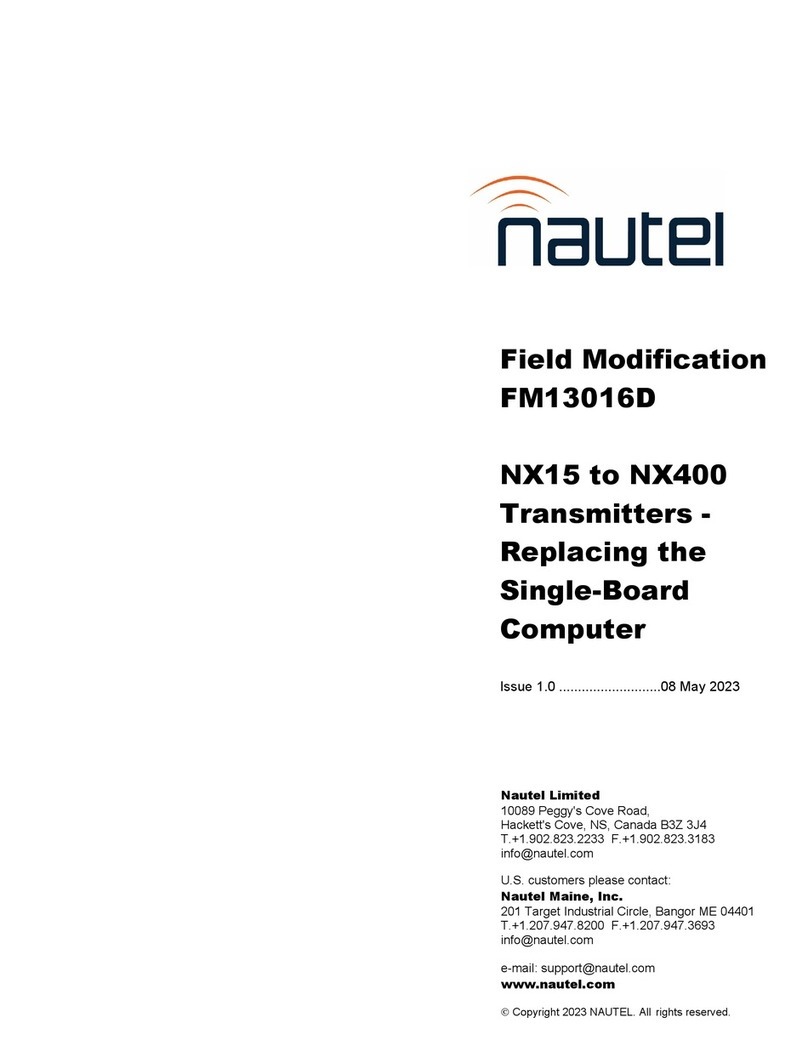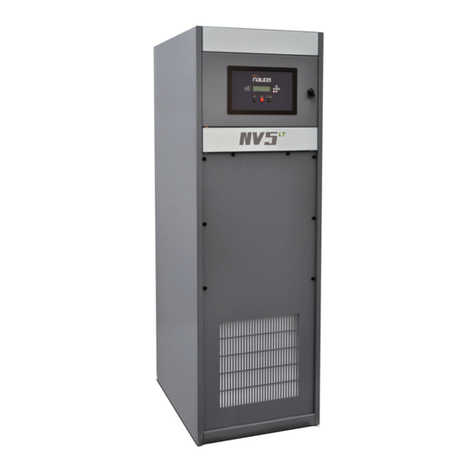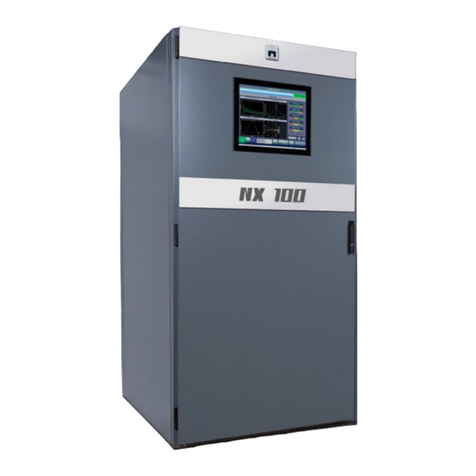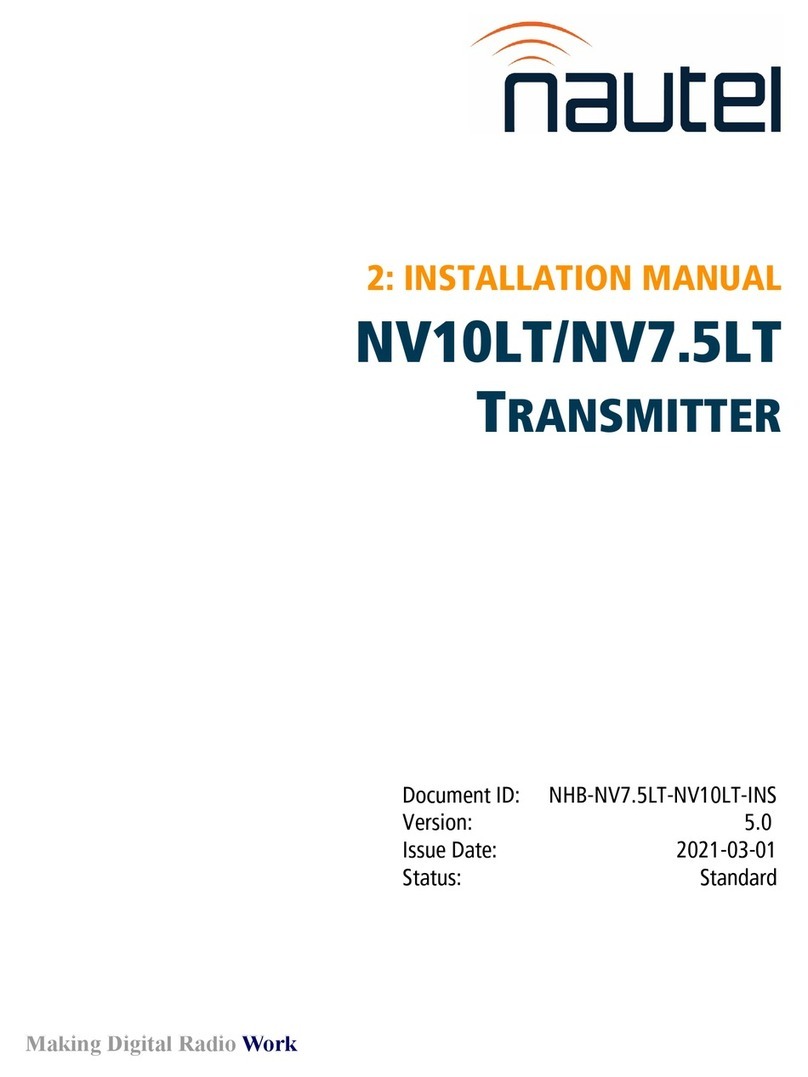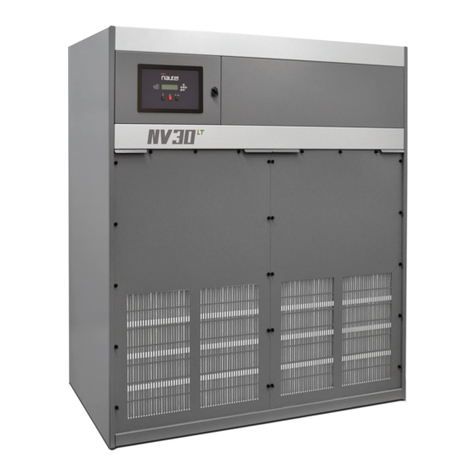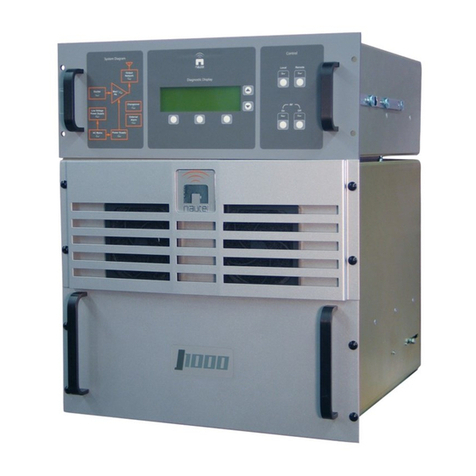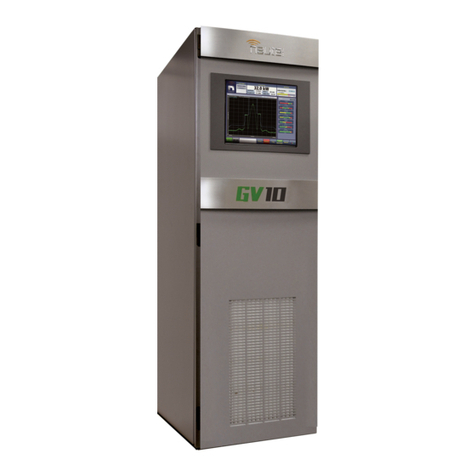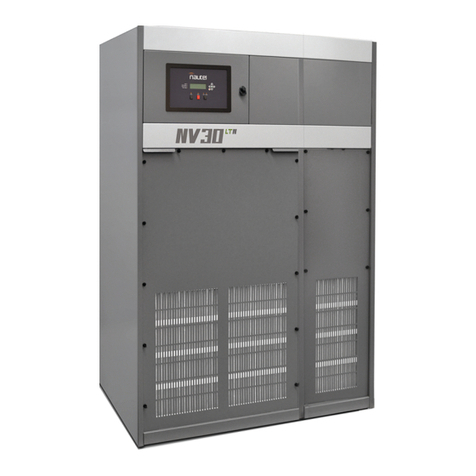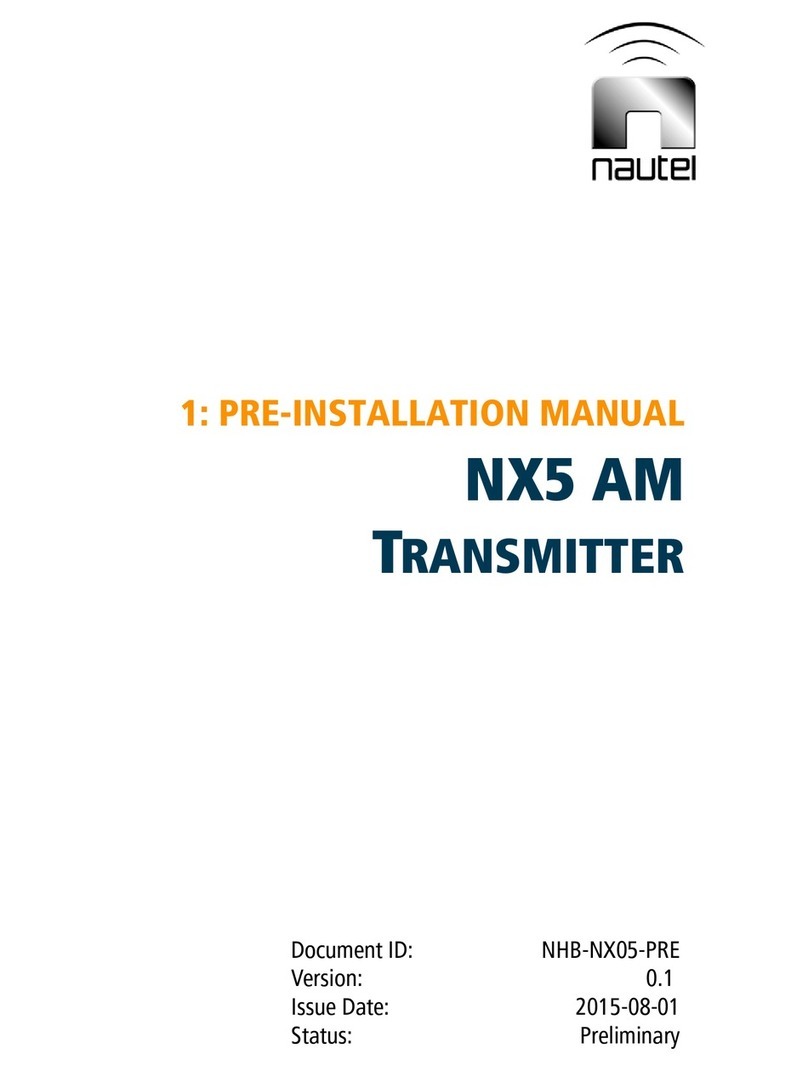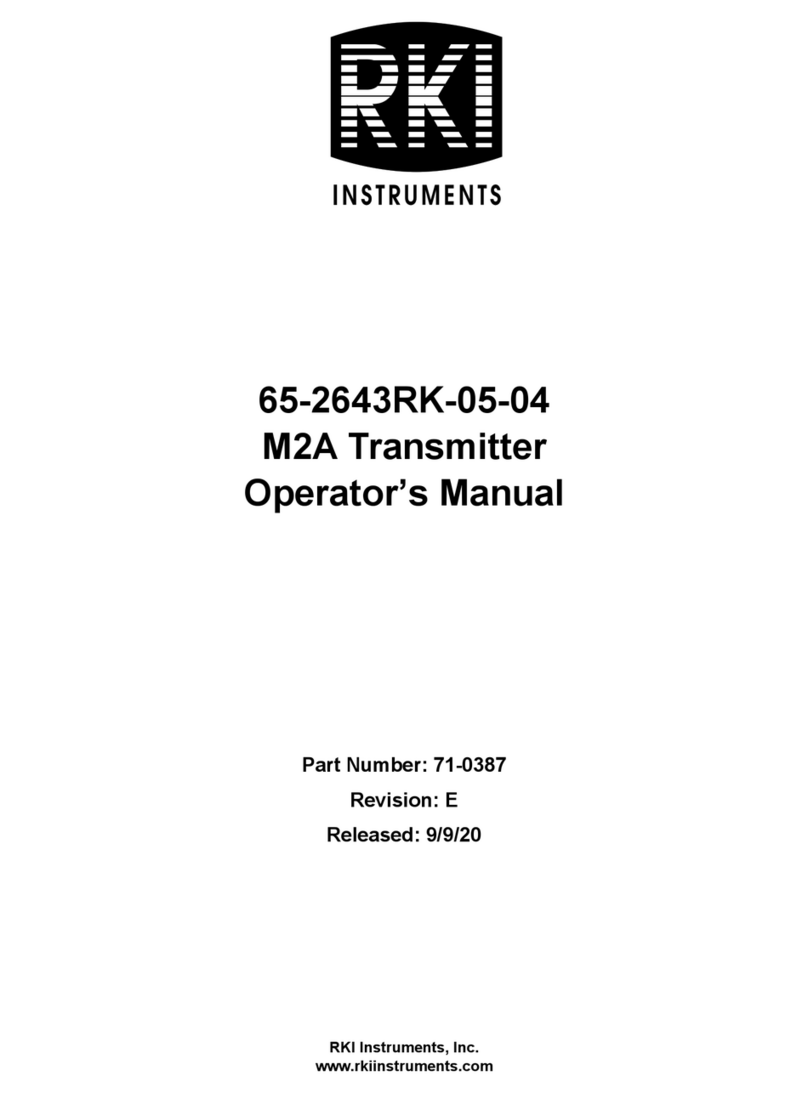
GV5/GV3.5 OPERATIONS & MAINTENANCE MANUAL DESCRIPTION
PAGE 3.1.2 VERSION 0.2 2014-07-23
Power Supply Interface PWB
See electrical schematic Figure SD-1. The power supply (PS) interface PWB (A1):
interfaces between the ac input on terminal block TB1 and the LVPS and power supply
modules.
distributes LVPS voltage to the RF drive (exciter) stage and the control/monitor stage.
distributes PA voltage to the RF power stage and the control/monitor stage.
controls, with the controller module, the LVPS output voltage.
provides RS485 serial communication between the module control/interface PWB and the RF
power module power supplies.
allows configuration of the LVPS modules if the UPS option is installed.
provides status and alarm outputs from the LVPS and power supply modules, consisting of
Module Present, Power Fail Warning, Rectifier Fault and Overtemp Warning (provided to the
module control/interface PWB over a serial bus).
LVPS Modules
See electrical schematic Figure SD-1. LVPS modules A (U2) and B (U3) convert the ac input voltage to
the regulated output (40 - 48 V dc, nominally 40 V) that is applied to, and controlled by, the controller
module via the module control/interface PWB. +5 V, +15 V and -15 V regulated outputs are developed
from the LVPS output voltage (40 - 48 V dc) on the module control/interface PWB.
Power Supply Modules
See electrical schematic Figure SD-1. Power supply modules U4 through U7 convert the ac input voltage
to a regulated dc supply (PA volts) for both RF power modules. Each switching power supply module is
rated for a nominal 2725 W and provides an output voltage between 18 V and 53 V (typically 40 V). The
modules regulate the output voltage based on a serial control input from the controller module (A4),
applied via the module control/interface PWB. Each module has a built-in cooling fan, senses excessive
temperature conditions and applies an Overtemp Warning signal (for indication purposes only) to the
module control/interface PWB. The module also senses out-of-regulation on the ac input and dc output,
and applies a Power Fail Warning signal to the module control/interface PWB. Both conditions cause the
power supply to shut itself down, thus reducing the transmitter's RF output. All power supply module
signals are applied to the controller for system level monitoring.
